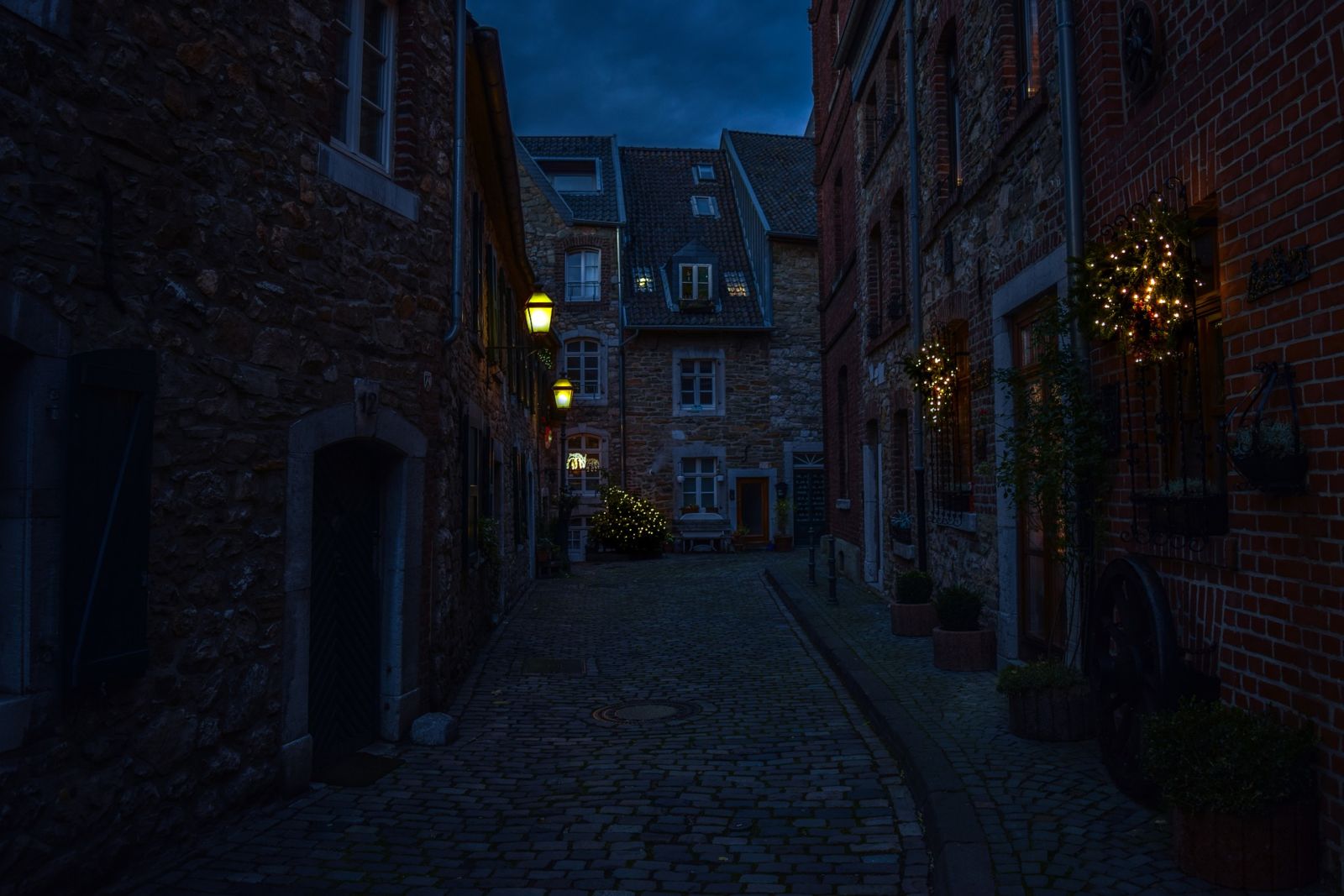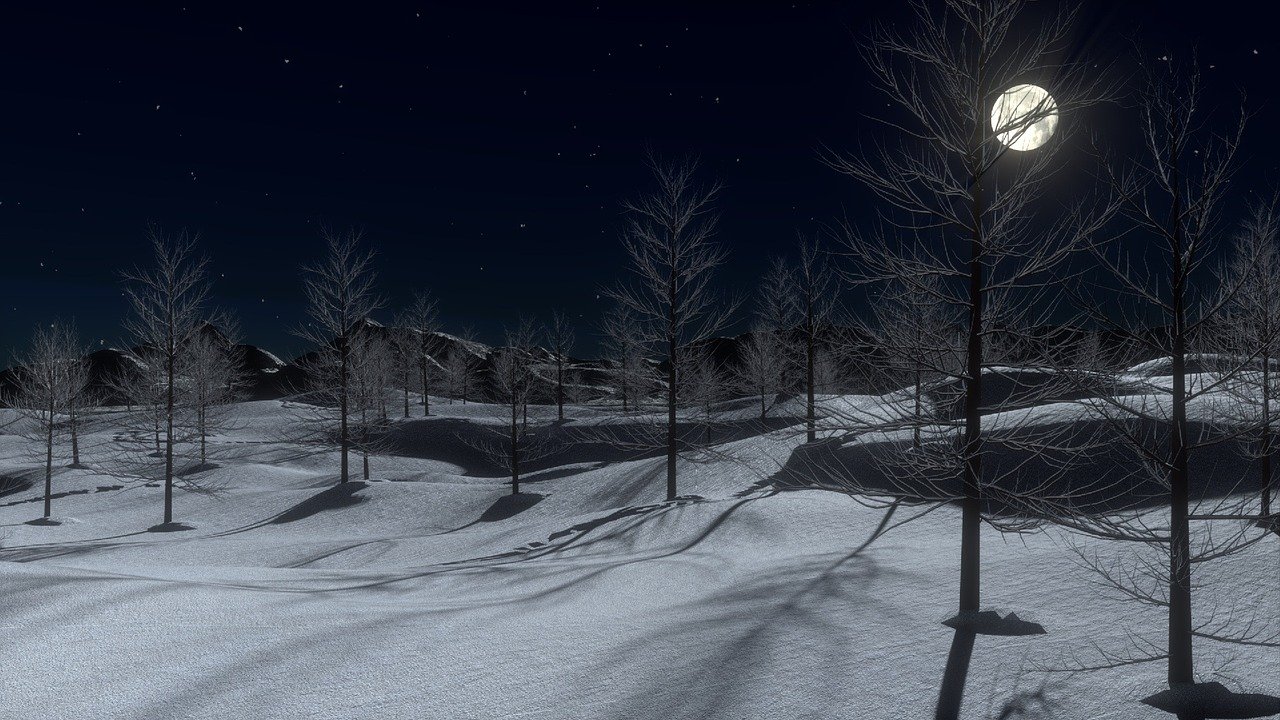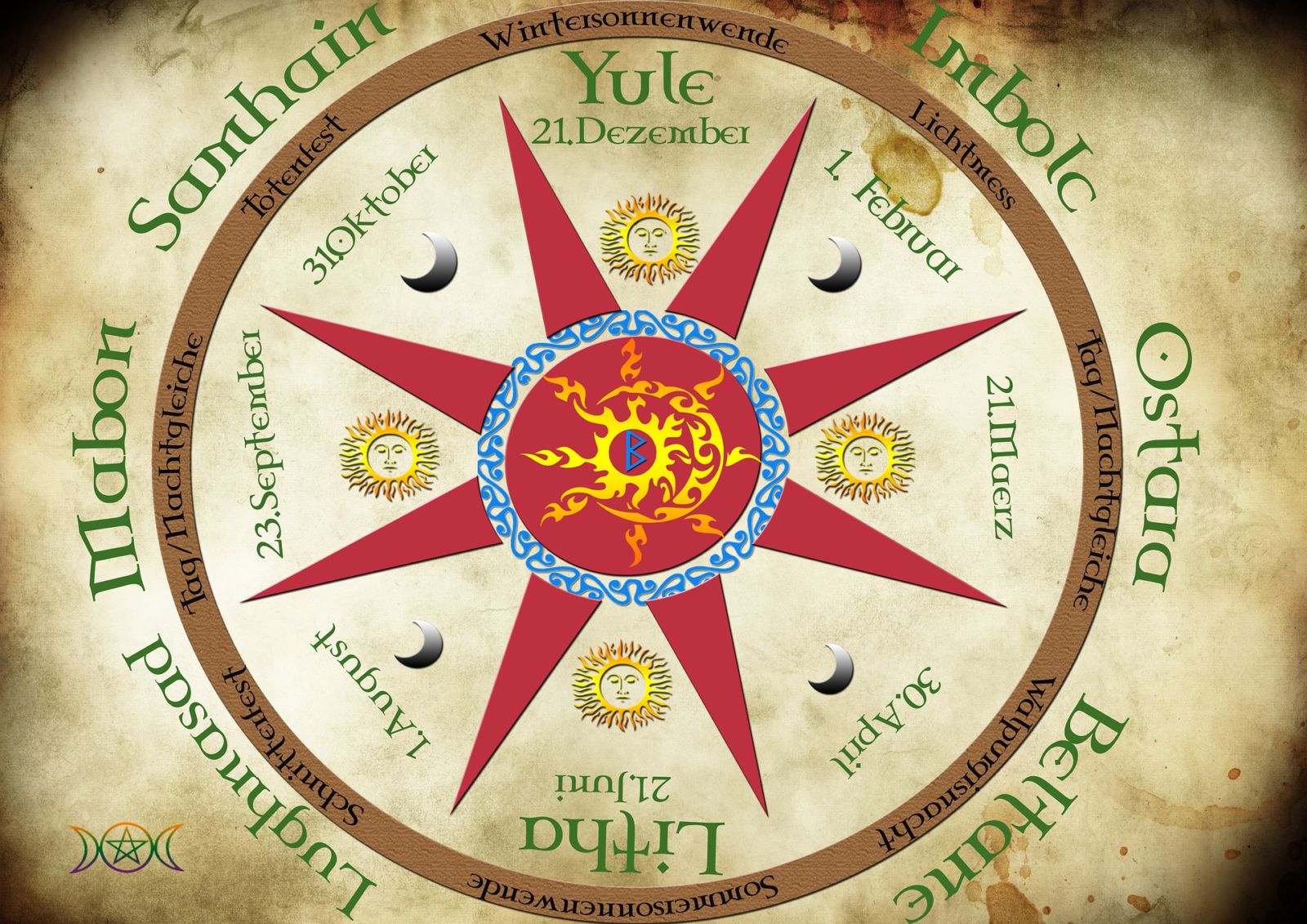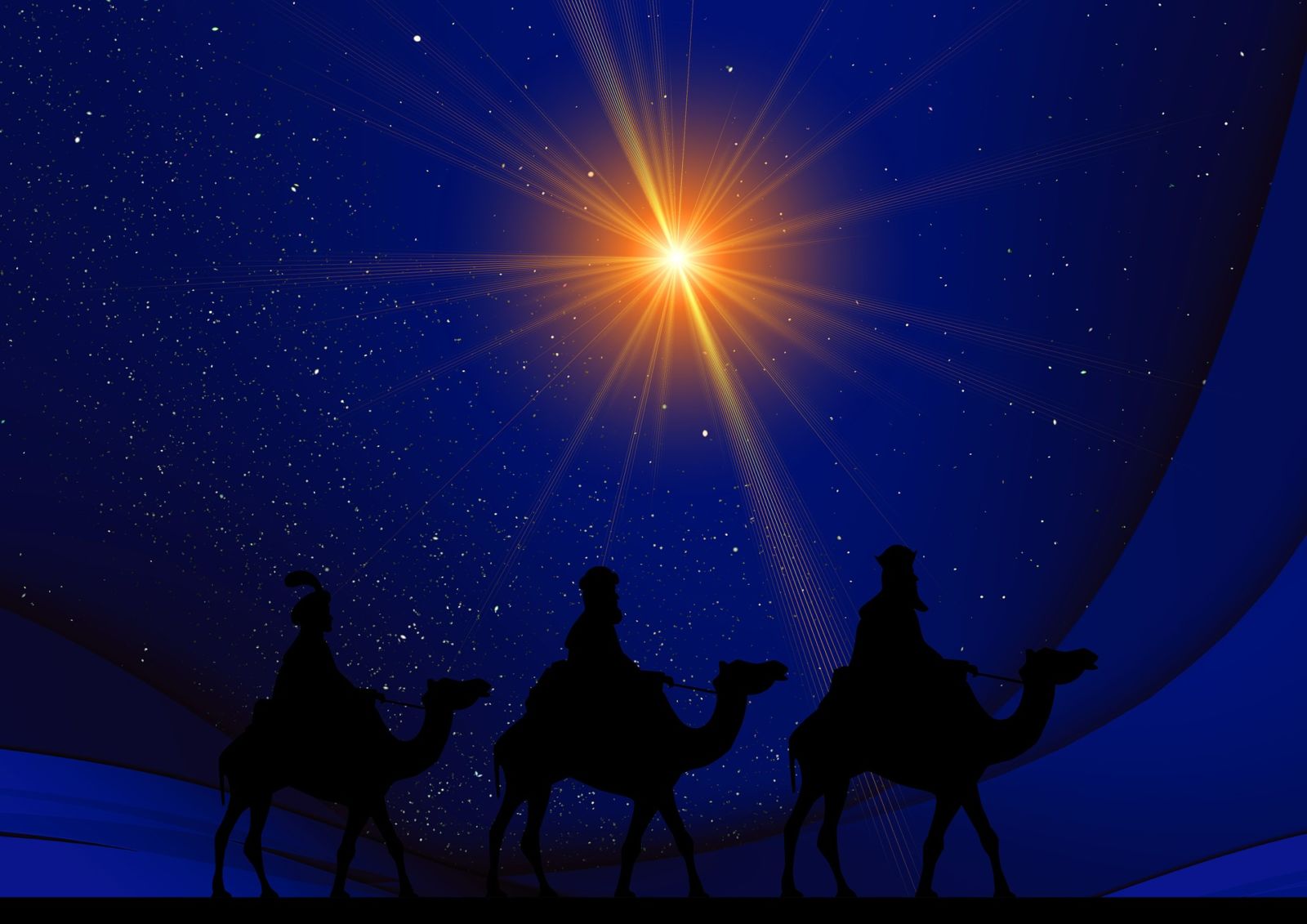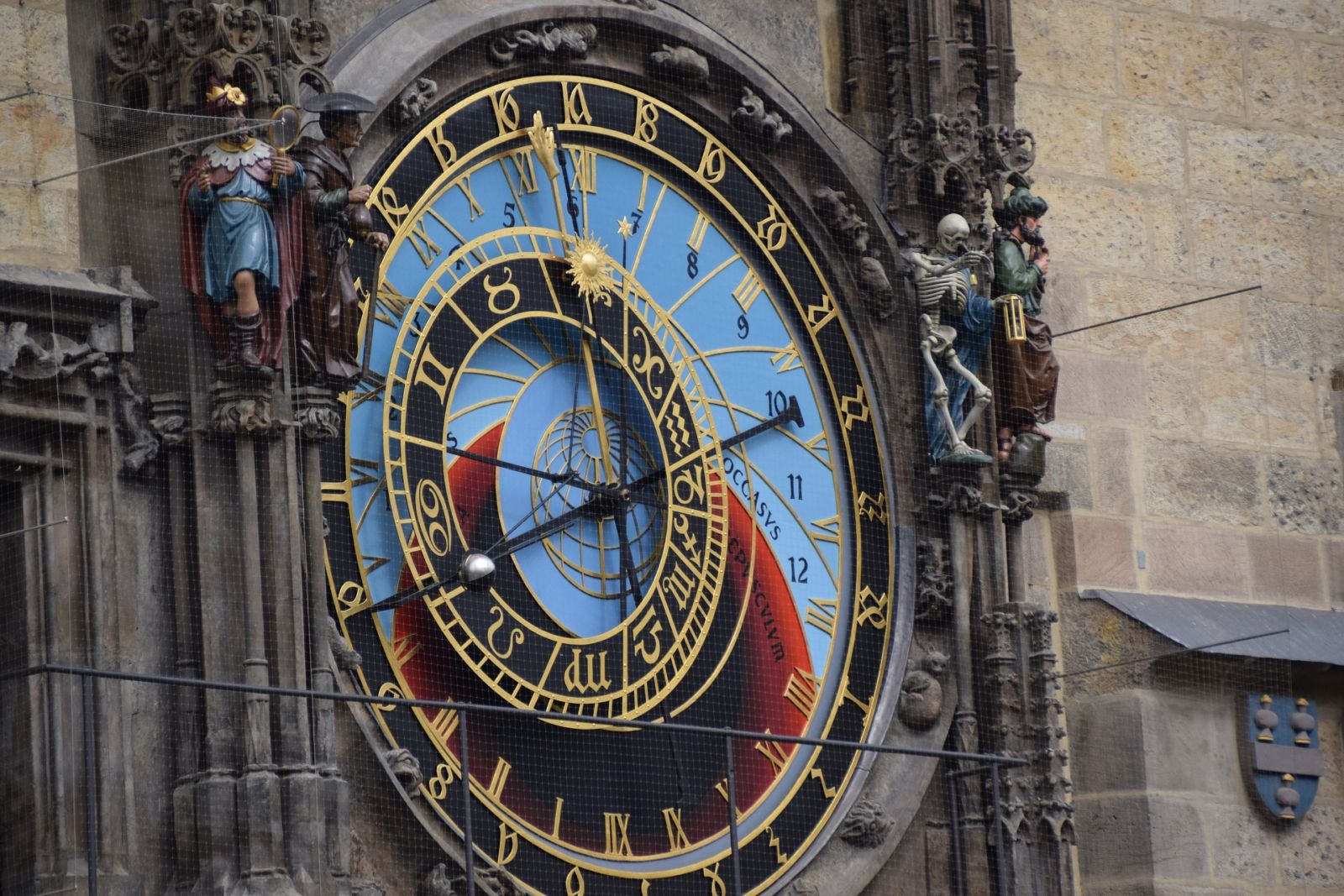12 Holy Nights, 5 reasons to note your dreams.
Yes. 12 Holy Nights where our dreams give us a sneak preview of the new year. This is utter bullshit, isn't it?
Yes. Of course it is.
Nevertheless, it is incredibly fun and interesting to take a closer look at the background to this story and how you can still benefit from it in your own way.
So I would definitely recommend that you take note of your dreams immediately after waking up this period.
Before I give you the 5 reasons why it is really worthwhile to join this annual dreamfest, I will first explain to you what the 12 Holy Nights are, why they are so called and when they take place.
12 Holy Nights from Christmas to Epiphany
The 12 Holy Nights are the 12 nights from the first night of Christmas on 25 December to Epiphany on 6 January. 5 January is thus the last Holy Night.
Some claim that night before Christmas, i.e. the night of 24 to 25 December, is the Super Holy Night and only then do the other 12 Holy Nights follow.
Since I do like this a lot myself, I decided for myself that the dream I have on the night of 24 December reveals the main theme of the new year.
Then the dream you have on the first Holy Night offers you insights for the month of January, the dream you have on the second Holy Night offers you insights for the month of February, etc. This continues until you have collected 12 nights of dreams for the next 12 months.
TIP: A wonderful dream diary to jot down your own dreams can be found >HERE
Helpful books you can use when interpreting your dreams can be found at the bottom of this article.
Reflections
The period when the 12 Holy Nights take place is primarily one of reflection. If only because the 12 Holy Nights are the longest and also the most silent nights of the whole year. Nature is in deep peace and preparing for what is to come.
Trees have lost their leaves, bulbs are still hidden deep in the ground. Animals are hibernating or migrating south and people are also less likely to be outside.
Outside, it is cold and dark early. People prefer to stay at home by the warm stove and go to bed nice and early. When snow has fallen, the white carpet covers everything and everyone with a serene, almost spiritual silence.
Just when nature is at rest and humans naturally follow suit, this is a perfect time to take a moment to reflect on things and pay more attention to our dreams.
The Germanic people
In the 18th century, Germanic people ceased all work during the 12 Holy Nights to then focus more on nature. During this period, they found that after a period of silence, the spirit of nature slowly came back to life and celebrated fertility and the increasing power of the sun.
Besides the return of light after darkness (the nights slowly became shorter again and the days longer), they also commemorated the dead, who they believed came to visit them during the 12 Holy Nights.
The Germanic people celebrated the Joelfest. The Feast of Joel lasted for 12 nights. Twelve dark nights in which the nine worlds of the Germanic sky came together and all the gods, giants, elves, trolls, demons and spirits roamed freely on earth.
Therefore, during the Joel festival, a large log was lit in the fireplace of one's home; the Joel log. The Joelblok kept out the unearthly evil scum.
The block was lit with a piece of wood from last year's Joel block and actually had to stay lit for 12 nights to prevent mischief for the new year.
Often a burning wheel was also moved across the fields. This was with the intention of 'cranking up the New Year' and at the same time chasing away the evil spirits because as long as they were there, the sun would stay away, or so the saying went.
The Christians
Christians, however, gave a very different meaning to the 12 Holy Nights. According to them, they are related to the birth of Jesus on Christmas Day.
After the birth of Jesus, a star appeared in the sky indicating the birth of the King of the Jews. At this, three wise men from the east decided to go and find the child with the intention of paying their respects to the child.
When King Herod heard this news, he summoned the wise men and instructed them to report back to him after their visit to the child. He was eager to know where the child was because - by his own admission - he was also keen to honour it.
Unsuspecting, the three wise men promised to keep King Herod informed, not knowing that Herod was anything but delighted at the birth of this child; for he saw in him a formidable rival!
According to Christians, the three wise men needed 12 nights to find the baby Jesus. They followed the star that led them to Bethlehem and thus travelled 12 dark nights on their way to the light.
After finding the baby Jesus on 6 January and giving him gifts of gold, myrrh and frankincense, they were 'enlightened'. God warned them through a dream and told them not to go back to King Herod because he would only mean harm.
When the three wise men indeed did not return to the evil king and the latter felt deceived and betrayed by this, Herod ordered that, as a precautionary measure, all children under the age of three in Bethlehem murder.
By the time this command was carried out (according to history on 28 December, almost a year after Jesus' birth), Joseph and Mary had already left for Egypt with the child after Joseph (Mary's husband) was also warned by God through a dream.
Astrology
Besides having a Biblical as well as a pagan basis, the 12 Holy Nights also have an astrological origin. Also according to astrology, this period is meant to turn ourselves inward and reflect on issues we would like to find answers to.
The time from full moon to full moon is 29.5 days. Twelve times 29.5 is 354. So a lunar year consists of 354 days. A solar year, however, consists of 365 days.
The difference of 11 days (12 nights) is seen in astrology as rest days (or days of rest), as extra time for reflection and to pay attention to one's spirituality and personal needs on a spiritual or emotional level.
5 reasons to jot down your 12 Sacred Dreams
According to myth, the dreams we have in the 12 Holy Nights are prophetic. The first night brings a predictive dream for the month of January, the second night brings a predictive dream for the month of February, the third night predicts the month of March and so on....
However, dreams are a product of our own brains and for this reason are never real predictive. Yet dreams can indeed offer us deeper insights into what is on our minds.
That alone makes it incredibly fun and interesting to undertake this experiment. Chances are, once you have done it, this will become a recurring annual tradition!
During the 12 Holy Nights, in particular, put pen and paper next to your bed or jot down your dreams in your mobile phone immediately after waking up.
To explain your dreams, I recommend using a dream dictionary so that you can explain each dream yourself and, over time, see how these explanations apply to you in the relevant months.
What a hassle, why should I do all this?
- Dream Psychology prompts you to think about issues you would not normally consider.
- Dreams can spontaneously answer questions you are struggling with.
- Your dreams give you more self-knowledge and insight.
- Your dreams can really inspire new projects.
- By explaining your dreams in advance, you can better prepare for situations that will arise in the coming year.
Not because your dreams are predictive, but because you will relate the dreams you have now to the events that take place at that time and you will look at them differently for this reason. And this may enable you to handle certain situations better.
Book tips:
Need more help creating your personal dream yearbook for the coming year? A step-by-step plan can be found >HERE.
More interesting articles on how our brain works can be found in the Psyche Blog.
Spiritual blog >HOME
Psyche blog >HOME

